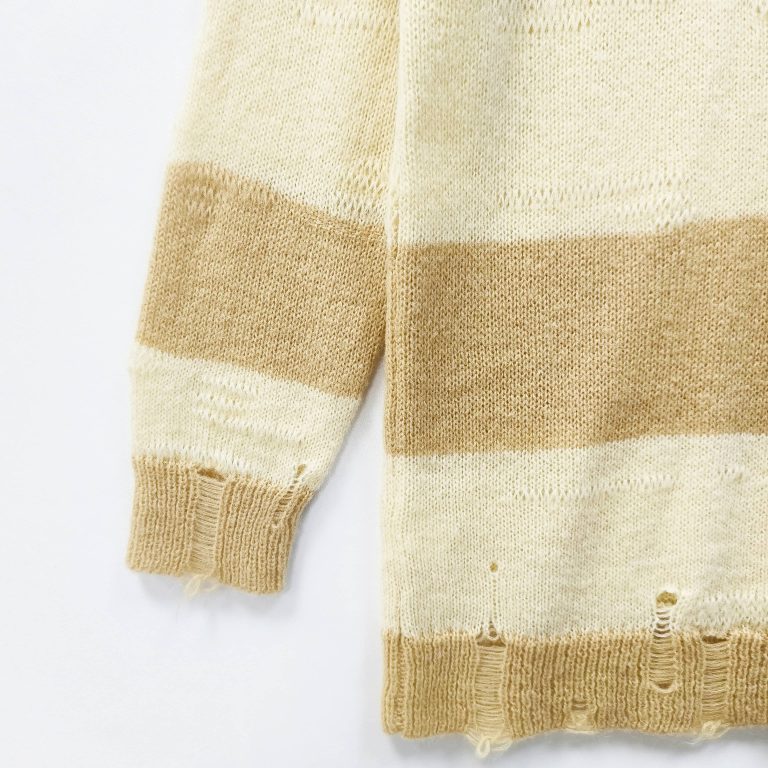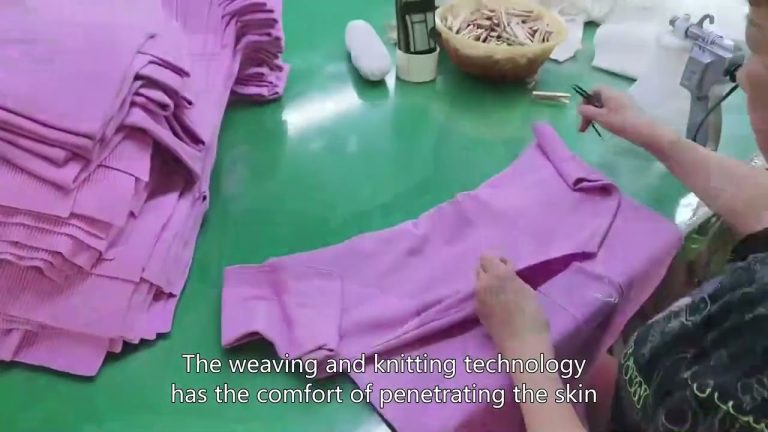The Evolution of knit Textile Manufacturing: From Traditional Techniques to Modern Innovations

Knit textile manufacturing has come a long way since its inception. From traditional techniques to modern innovations, the evolution of this industry has been nothing short of remarkable. In this article, we will explore the journey of knit textile manufacturing, tracing its roots and highlighting the advancements that have shaped it into what it is today. knitting, as a technique, dates back centuries. It was initially done by hand, with skilled artisans meticulously crafting each stitch. This labor-intensive process limited the production capacity and made knit textiles a luxury item. However, as demand grew, so did the need for more efficient methods of production.
The industrial Revolution brought about significant changes in the textile industry, including knit manufacturing. The invention of the knitting machine revolutionized the production process, allowing for faster and more consistent results. These machines were capable of producing intricate patterns and designs, making knit textiles more accessible to the masses.
As technology continued to advance, so did the capabilities of knitting machines. Computerized knitting machines were introduced, enabling manufacturers to create complex designs with ease. These machines could be programmed to produce a wide range of patterns, textures, and even three-dimensional structures. This marked a turning point in knit textile manufacturing, as it opened up new possibilities for creativity and customization.
 In recent years, the advent of 3D knitting technology has further pushed the boundaries of what is possible in knit textile manufacturing. This innovative technique allows for the creation of seamless garments and accessories, eliminating the need for time-consuming sewing processes. 3D knitting machines use computer-controlled needles to create intricate patterns and shapes, resulting in garments that are not only aesthetically pleasing but also comfortable and durable.
The evolution of knit textile manufacturing has not only been driven by technological advancements but also by a growing emphasis on sustainability. As the fashion industry faces increasing scrutiny for its environmental impact, manufacturers are seeking ways to reduce waste and minimize their carbon footprint. Knit textiles offer a solution to this problem, as they can be produced with minimal material waste. Additionally, the use of sustainable fibers, such as organic cotton or recycled polyester, further enhances the eco-friendliness of knit textiles.
Another notable development in knit textile manufacturing is the integration of smart textiles. These textiles are embedded with electronic components, allowing for the integration of technology into garments. For example, sensors can be incorporated into knit fabrics to monitor vital signs or track movement. This opens up a whole new realm of possibilities for the fashion industry, as garments can now be both functional and fashionable.
In recent years, the advent of 3D knitting technology has further pushed the boundaries of what is possible in knit textile manufacturing. This innovative technique allows for the creation of seamless garments and accessories, eliminating the need for time-consuming sewing processes. 3D knitting machines use computer-controlled needles to create intricate patterns and shapes, resulting in garments that are not only aesthetically pleasing but also comfortable and durable.
The evolution of knit textile manufacturing has not only been driven by technological advancements but also by a growing emphasis on sustainability. As the fashion industry faces increasing scrutiny for its environmental impact, manufacturers are seeking ways to reduce waste and minimize their carbon footprint. Knit textiles offer a solution to this problem, as they can be produced with minimal material waste. Additionally, the use of sustainable fibers, such as organic cotton or recycled polyester, further enhances the eco-friendliness of knit textiles.
Another notable development in knit textile manufacturing is the integration of smart textiles. These textiles are embedded with electronic components, allowing for the integration of technology into garments. For example, sensors can be incorporated into knit fabrics to monitor vital signs or track movement. This opens up a whole new realm of possibilities for the fashion industry, as garments can now be both functional and fashionable.







